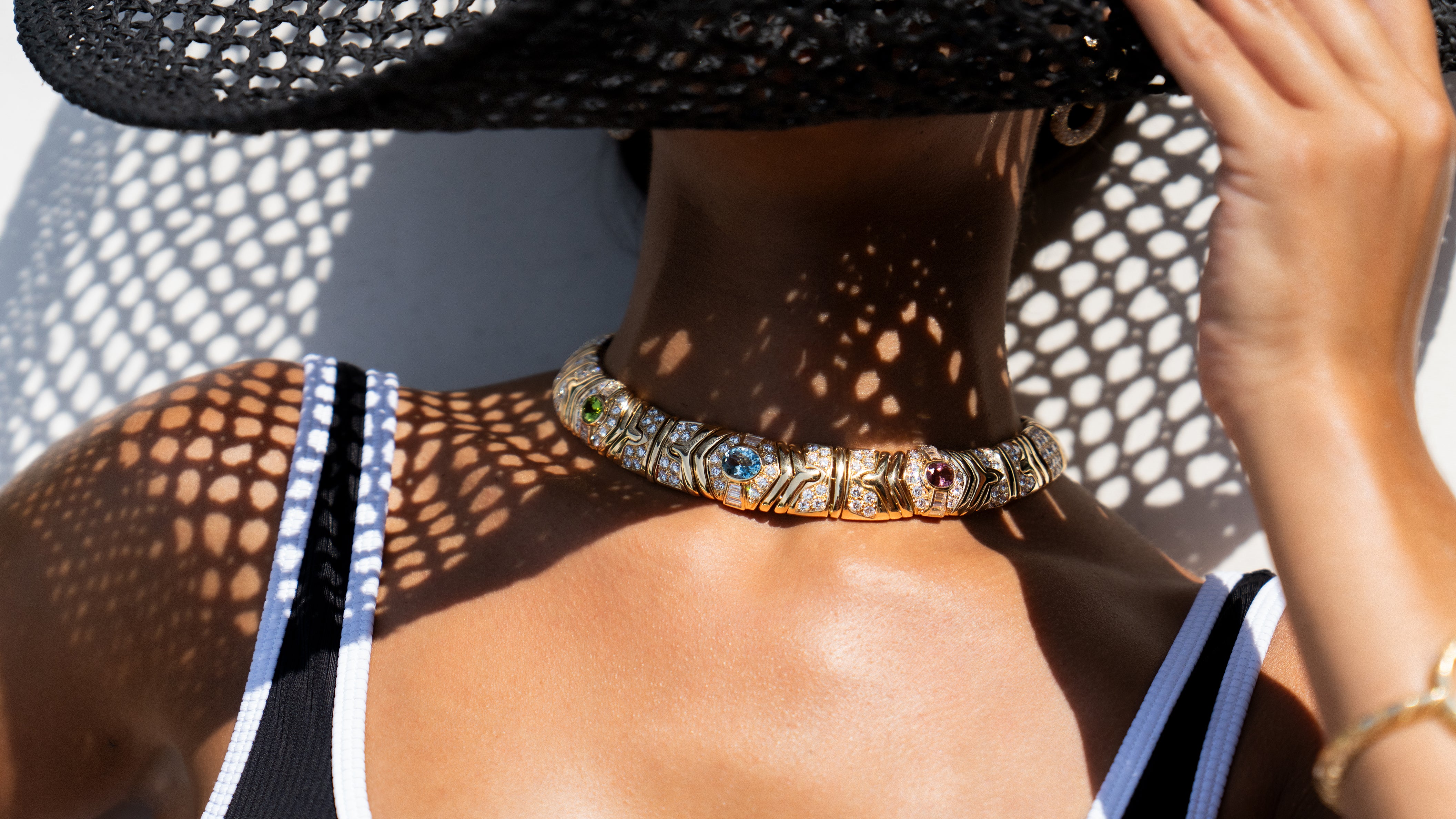Rene Lalique
Recognized as the most famous jewelry designer of the Art Nouveau period - René Lalique styles have a grace and charm that transcends time.
An Artisan from the Start
René Lalique was born in 1860 in Champagne in the Marne region of France. His family relocated to Paris, but Lalique retained a lifelong love of his birthplace.
From an early age, Lalique’s skills as an artisan were apparent. He received his first award for drawing at the tender age of 12.
Louis Aucoc, an esteemed Parisian jeweler and craftsman, took on the 14-year-old as an apprentice, while Lalique continued his studies at the École des Arts Décoratifs.
In 1878, his Parisian studies complete, Lalique is purported to have left for England, where his education continued for another two years at the Sydenham School of Art. This is where the burgeoning Arts and Crafts movement would influence the young designer.
A Jeweler is Born
Lalique honed his craft as an independent designer over the course of several years while creating pieces for some of the most prestigious jewelry houses, such as Cartier, Boucheron and Jacta. Lalique moved into his own workshop on Place Gaillon in Paris, in the former workshop of jeweler Jules Destape.
In 1887, Lalique opened his store on Rue du Quatre-Septembre. There, inspired by antiquity and Japonism, he designed his first jewelry ensembles in gold. Breaking with tradition he used innovative materials and made them the focal point of his designs. He chose them for their essence, visual appeal and color without regard to whether they were precious materials or not. Combining gold and gemstones with such non-traditional substances such as ivory, horn, enamel and glass were earmarks his genius.
Inventor of Modern Jewelry
The Garland Style (featuring a draping effect) had gained great popularity at this time and René Lalique capitalized on this jewelry form. Large brooches, stomachers and tiaras with floral themes were sought after accessories. Lalique incorporated a whimsical feel, using mythical and fairytale creatures in his designs. A dragonfly lady, for example, was the theme of a gold brooch that presented gossamer wings breathtakingly adorned with diamonds, chrysoprase, moonstone and enamel.
Other enduring Lalique jewelry employs themes of peacocks, scarabs, ears of wheat and silhouettes of women. In addition to glass and enamel, Lalique also experimented with amber, metal alloys, horn and tortoiseshell. He always followed the rule of “Femme, Fauna and Flora” - themes which are still the bedrock of the Lalique name.
By 1890, Lalique had opened his third workshop in Paris, where he began experimenting with glass. He was already embellishing his designs using enamel and glass as well as gold, opals, diamonds, pearls and amethysts.
Over the course of the next decade, Lalique created jewelry for a number of well-known figures, including actress Sarah Bernhardt.
In 1896, to mark Berhardt’s 30th anniversary as an actress, each guest was given a silver medal designed by Lalique with Bernhardt’s image engraved on it. Lalique also counted among his clients the crème of society, members of the great courts of Europe, and some of the world’s wealthiest citizens. Among these was Calouste Gulbenkian, a Portuguese art collector, who commissioned Lalique to design 145 jeweled items over the course of 17 years. Lalique’s creativity soared!.
His desire, he proclaimed, was to “create something that had never been seen before”. This desire earned him the title of “inventor of modern jewelry.”
Lalique took part in the 1900 Great Exhibition in Paris at which time it is thought his jewelry career had hit its peak. That same year he was named Officer of the French Legion of Honor.
On the Scent
Impressed by his work with glass, perfumer Francois Coty approached René Lalique in 1907, asking if he would design bottles for his scents. Lalique accepted, and the pair revolutionized the perfume industry by making fragrances available in attractive bottles that were affordable for the average person.
Glassworks
René Lalique, Art Nouveau master jeweler, was on his way to becoming an Art Deco master glassmaker.
For the next several years, Lalique devoted himself to glassmaking. He founded a glassworks in Alsace - a region in France with a strong tradition of glassmaking.
The outbreak of World War I in 1914 presented new challenges to Lalique’s talents. He supplied laboratory glassware for hospitals and bottles used for pharmaceuticals.
At the 1925 International Exposition of Modern Industrial and Decorative Arts, René Lalique triumphed for the Art Deco movement with his glassware designs. His techniques celebrated a style that showcased the contrast between clear and frosted glass, perhaps with an added patina or enamel. He sometimes used stained glass.
In 1929 Lalique was asked to decorate the Cote d’Azur Pullman Express train carriages.
René Lalique worked on a series of commissions in 1935, including the decoration of fashion designer Madeleine Vionnet’s haute couture salons, glass doors for Prince Yasuhiko Asaka’s Tokyo home, and a fountain that decorated the Galerie des Champ-Elysées in Paris. Another major assignment included designing the interior of the first-class dining room on the luxury liner SS Normandie.
René Lalique passed away in 1945, and his son, Marc, took over the business. To this day, he continues to be celebrated for his exquisite designs that celebrate nature and whimsy with colors and metals that continue to transcend time.
